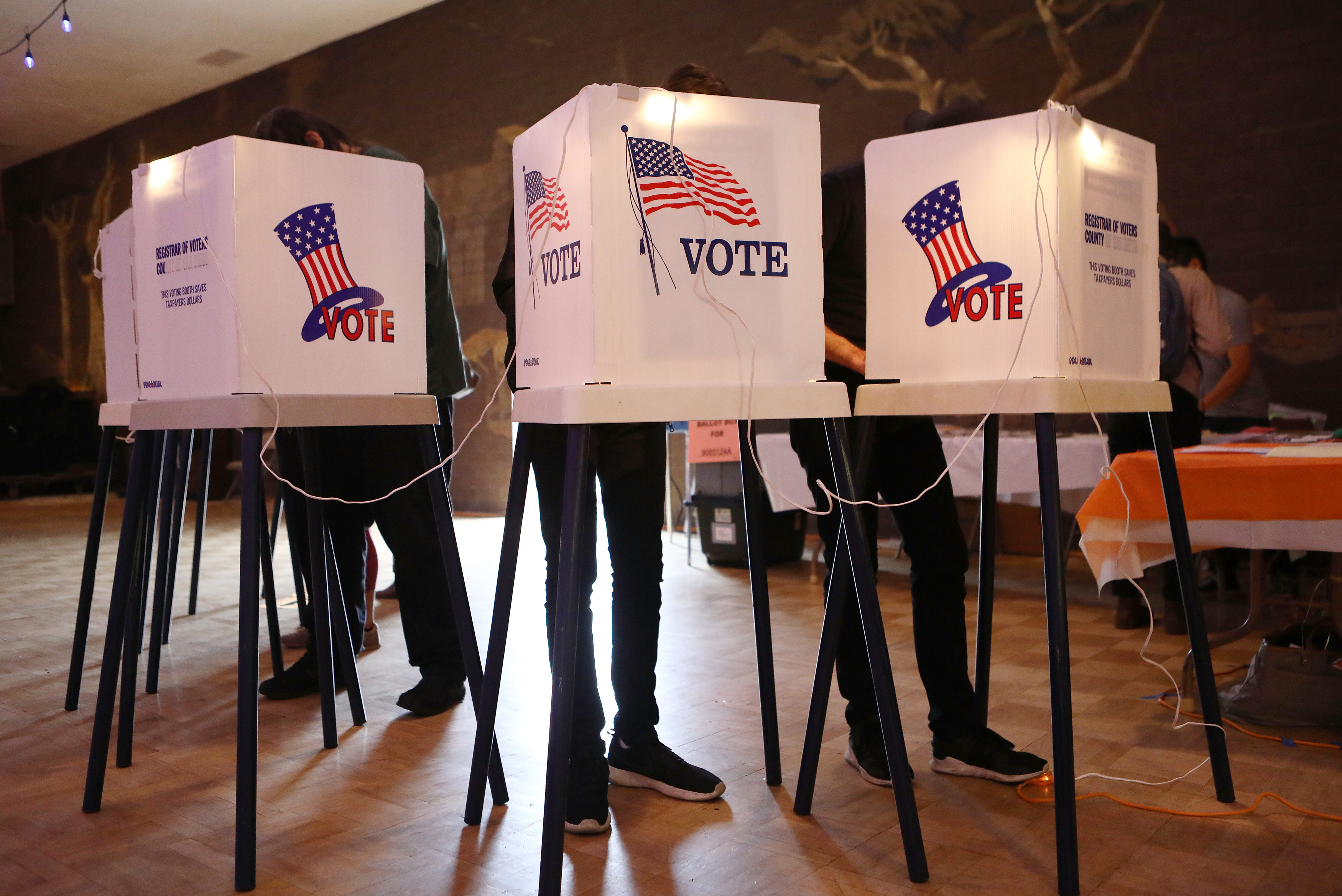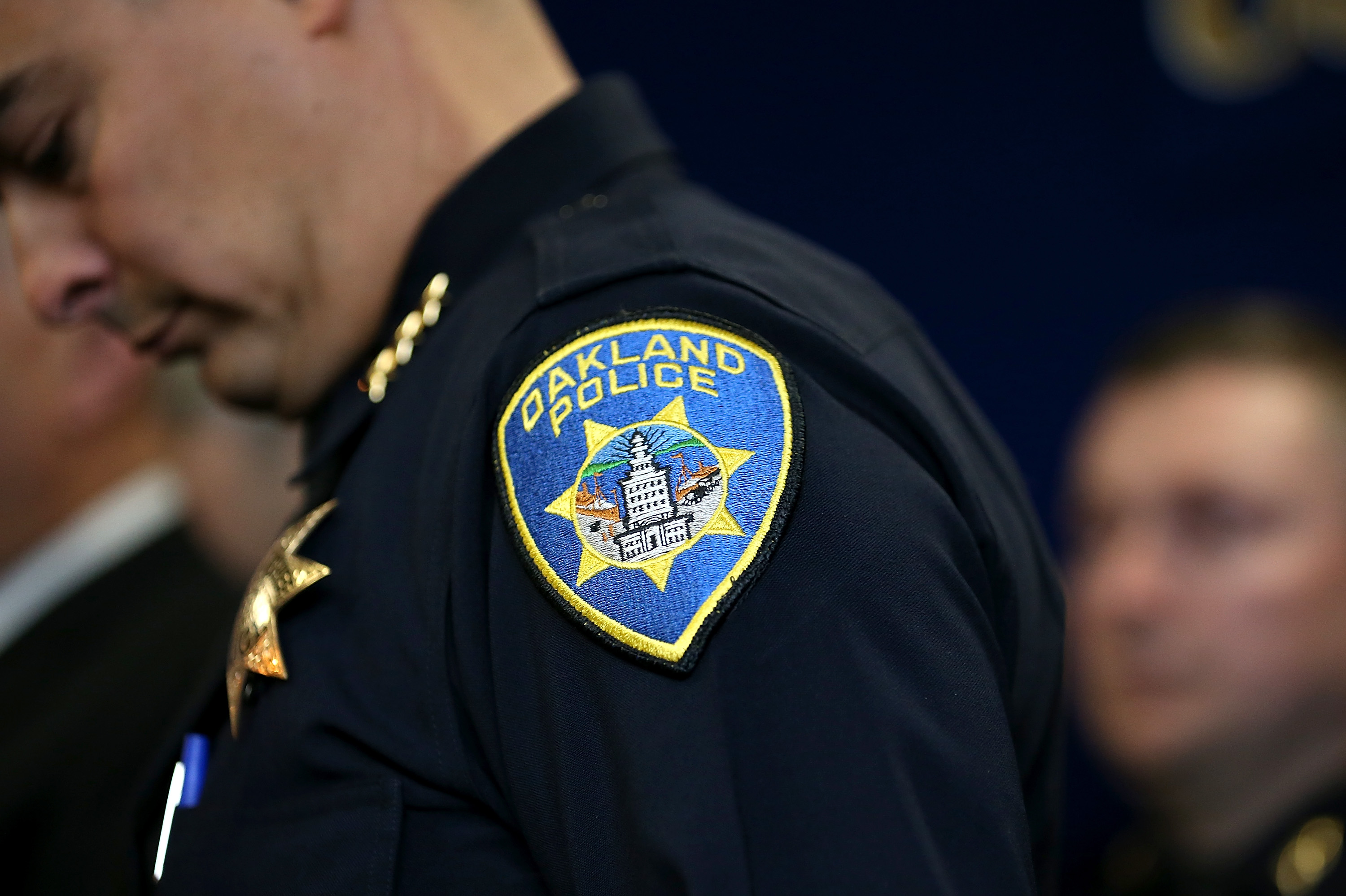Applications for the Biden administration's new income-driven student loan repayment plan are officially open.
The federal government launched its new Saving on a Valuable Education (SAVE) program on Monday, allowing borrowers to begin applying for the income-driven repayment (IDR) plan that would help mitigate financial stress once federal student loan payments resume in October.
President Joe Biden's SAVE plan was finalized shortly after the Supreme Court struck down his one-time student debt forgiveness initiative last month and is expected to significantly help low-income borrowers by decreasing monthly payments, limiting interest accrual and reducing the amount borrowers would pay back over their lifetime. It is estimated to cost between $138 billion to $361 billion over 10 years.
"The new SAVE Plan works hard to target the student loan burden many low-income workers have by increasing the cap on the amount allowed for no loan payments for those who earn less than $67,500 (if married with dependents) and $32,800 for single workers," Caroline Bruckner, a tax professor at American University, told Newsweek. "That means that the program could potentially help millions of low-wage workers with outstanding student loans either lower their payments or eliminate them altogether."
IDR plans are designed to lower monthly student loan payments based on income and family size. There are four IDR plans being offered, including SAVE, the Pay As You Earn (PAYE) repayment plan, the Income-Based Repayment (IBR) plan and the Income-Contingent Repayment (ICR) plan. Those enrolled in the Revised Pay As You Earn (REPAYE) plan will be automatically switched to the new SAVE plan.
Both new and returning applicants can apply or manage a plan on the Federal Student Aid website.

Under the SAVE plan, monthly payments for undergraduate loans will be cut in half so that borrowers only have to pay 5 percent of their discretionary income, rather than 10 percent. Comparably, the payment amount under the PAYE plan is 10 percent of discretionary income, under the IBR plan is 10 to 15 percent and under the ICR plan is 20 percent or less.
The SAVE program also raises the amount of income that is considered non-discretionary from 150 percent of the Federal poverty guidelines to 225 percent, meaning more income will be protected. The Department of Education estimates that more than 1 million low-income borrowers, including 400,000 already enrolled on the REPAYE plan, will qualify for a $0 monthly payment as a result of this change.
"After 20 or 25 years (depending on the plan), your remaining loan balance will be forgiven—or possibly as soon as 10 years under PSLF," the student aid website reads.
Government employees and those working at a non-profit organization are eligible for the Public Service Loan Forgiveness (PSLF) program which forgives the remaining balance after a borrower, who is working full-time for an eligible employer, makes the equivalent of 120 qualifying monthly payments under any of the IDR plans or the 10-year Standard Repayment Plan.
Unpaid interest will also not accrue under the SAVE plan if a borrower makes their full monthly payments.
Those under an IDR plan are required to recertify their income every year. Recertification can be done automatically if access to tax information is granted by the borrower, or manually with a borrower's loan servicer. Previously, borrowers had to apply every year, so the new one-time application is expected to simplify the process.
"The plan seeks to ease administrative burdens on borrowers by allowing borrowers to share their tax data when they apply or re-certify. That's one less than borrows have to worry about when dealing with student loan issues," Bruckner said.
The website also states that if a borrower changes jobs or is laid off before their recertification date, they can receive an immediate recalculation to see if payment amounts can be adjusted.
The application takes roughly 10 minutes or less to complete and can be saved and continued at a later date if needed. In order to apply, an applicant needs to provide their verified Federal Student Aid ID, their financial information from tax returns, their permanent and mailing address, telephone number and e-mail. Married applicants will also need to provide their spouse's financial information for IDR plan calculations, as their income could help further lower payments.
Once the application has been submitted, a confirmation email will be sent so that an applicant can track the approval process online. The process is expected to take a few weeks.








